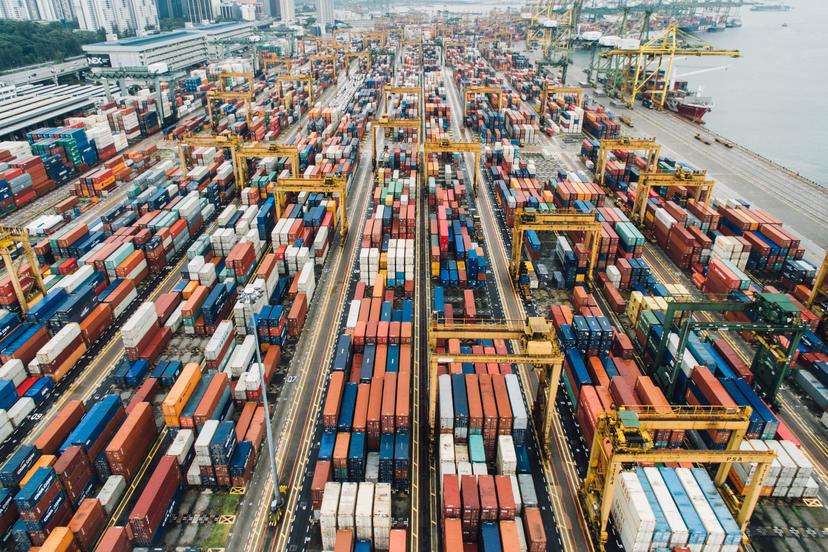
How to Start an Export Business in India?
Knowhow's to Starting an Export Business in India, the Make in India movement launched by the Modi government has seen favourable changes in...
Prime Minister, Shri Narendra Modi launched the National Logistics Policy (NLP) at Vigyan Bhawan, New Delhi on 17th September 2022. NLP is a comprehensive effort to enhance efficiency of the logistics ecosystem in India.

To develop India as a global manufacturing hub, infrastructure development is essential. To expand logistics connectivity, the government of India has been working to improve multi-modal connectivity.
The need for a national logistics policy was felt since the logistics cost in India is high as compared to other developed economies. It is imperative to reduce the logistics cost in India for improving the competitiveness of Indian goods both in domestic as well as export markets.
The policy is an endeavour to improve the competitiveness of Indian goods, enhance economic growth and increase employment opportunities.

Due to concerted efforts of central and state governments, the turnaround time for container vessels at Indian ports has come down from 44 hours to 26 hours at present.
Some of the notable technological changes that have benefited the logistics sector are:

The national logistics policy will be implemented through a Comprehensive Logistics Action Plan (CLAP). Salient features of CLAP are as follows:
(i) Integrated Digital Logistics Systems: Develop a system of unified logistics interface to link multiple data sources and develop cross sectoral use cases for logistics stakeholders.
(ii) Standardization of physical assets & benchmarking service quality standards: Enhance interoperability, minimize handling risks, undertake process optimization, and improve ease of doing business, through standardization of physical assets and benchmarking of service quality standards in logistics including transportation infrastructure (fixed and rolling), terminal handling, warehousing, temperature-controlled logistics, packaging, etc.
(iii) Logistics Human Resources Development and Capacity Building: Develop an overarching logistics human resource strategy and under its guiding principles, line ministries to develop action plans to address skill development related and internal capacity building challenges in the respective sector.
(iv) State Engagement: Provide support for development of state/city level logistics plans, set up institutional framework to act at city/state level, measure and monitor action by states and rank them.

(v) EXIM (Export-Import) Logistics: Addressing infrastructure and procedural gaps in India’s EXIM connectivity and create efficient and reliable logistics network, with transparent and streamlined cross-border trade facilitation, for improved trade competitiveness and greater integration of India with regional and global value chains.
(vi) Service Improvement framework: Improving regulatory interface to enable seamlessness between sectors, promote standardization, formalization, inter-operability; eliminate fragmentation in documentation, formats, processes, and liability regimes; reduce gaps in regulatory architecture.
(vii) Sectoral Plan for Efficient Logistics: Sectoral Plans for Efficient Logistics (SPEL) aligned with PM GatiShakti, will be developed for each sector with underlying philosophies of inter-operability, resiliency, sustainability, and innovation. Specifically, SPEL would (i) address logistics issues pertaining to infrastructure, processes, digital improvements, policies and regulatory reforms, and capacity building for better workforce, and ii) prioritize cross-sectoral cooperation to complement and not duplicate efforts and focus on optimization of modal mix.
(viii) Facilitation of Development of Logistics Parks: Logistics parks (e.g., Multi Modal Logistics Parks, Air Freight Stations, Inland Container Depots, Container Freight Stations, cargo terminals, etc.) are hubs for intermediary activities (storage, handling, value addition, inter-modal transfers, etc.) in the supply chain connected by a transportation network.